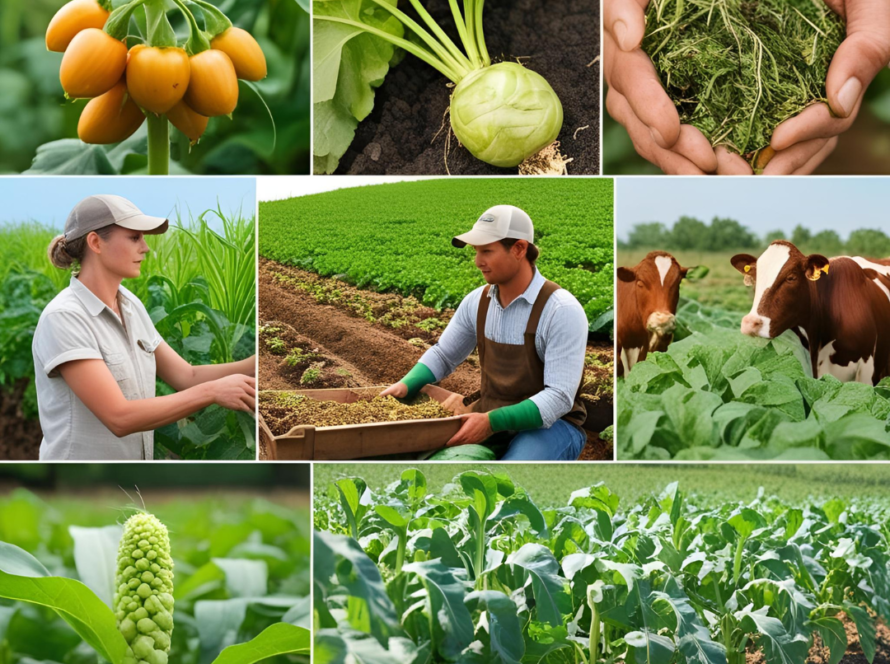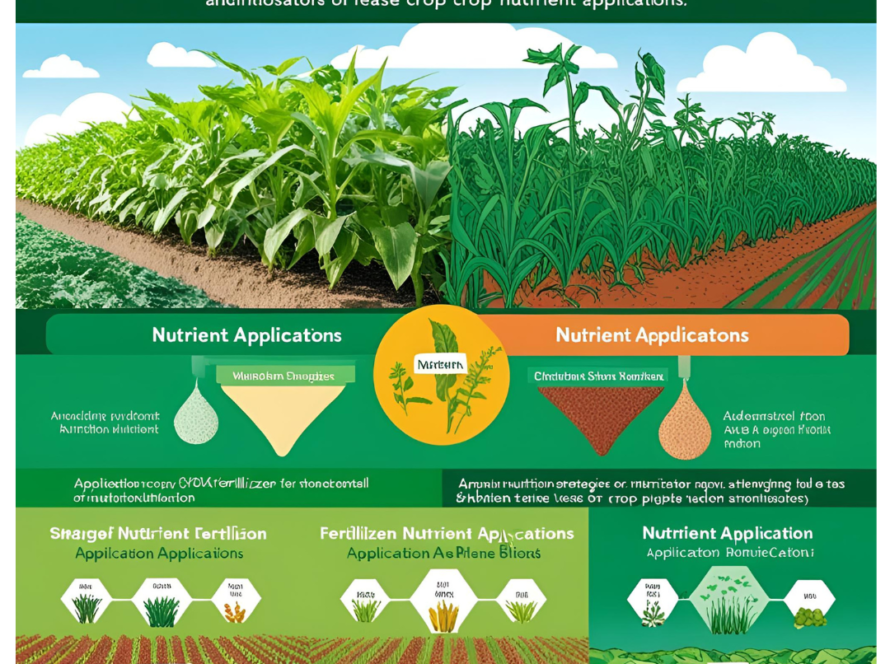Permaculture is a holistic approach to farming that integrates agriculture, ecology, and sustainability to create self-sufficient and regenerative farming systems. By mimicking natural ecosystems, permaculture farming enhances soil health, conserves resources, and increases biodiversity while reducing reliance on external inputs. In this blog, we will explore permaculture principles, design methods, and how Krikso India’s products can support farmers in adopting this sustainable farming practice.
Principles of Permaculture Farming
Permaculture is built on three core ethics:
- Earth Care: Protecting and nurturing the environment.
- People Care: Supporting communities through sustainable food production.
- Fair Share: Using resources efficiently and distributing surplus responsibly.
Benefits of Permaculture Farming
- Soil Regeneration: Enhances soil fertility through composting and mulching.
- Water Conservation: Reduces water waste using rainwater harvesting and swales.
- Biodiversity: Encourages a diverse ecosystem that naturally balances pests and diseases.
- Self-Sufficiency: Reduces dependence on external inputs like fertilizers and pesticides.
- Climate Resilience: Adapts better to extreme weather conditions.
Step 1: Site Selection and Design
The first step in permaculture is designing the farm layout by observing the land’s natural patterns, including wind, sunlight, and water flow.
Recommended Product:
- Krikso Soil Testing Kit – Helps analyze soil health and determine suitable crops and designs.
Step 2: Building Healthy Soil
Soil is the foundation of permaculture. Organic matter like compost, mulch, and biofertilizers improve soil structure and fertility.
Recommended Product:
- Krikso Organic Compost – Enriches soil with essential nutrients for long-term fertility.
Step 3: Water Management
Efficient water use is crucial in permaculture. Techniques such as rainwater harvesting, drip irrigation, and swales help conserve water.
Recommended Product:
- Krikso Drip Irrigation System – Ensures efficient water usage for sustainable farming.
Step 4: Polyculture and Companion Planting
Growing multiple crops together mimics natural ecosystems and enhances productivity while reducing pests and diseases.
Recommended Product:
- Krikso Organic Seed Kit – A diverse selection of organic seeds for polyculture farming.
Step 5: Integrating Animals
Livestock like chickens, goats, and bees contribute to farm fertility by providing manure, pest control, and pollination.
Recommended Product:
- Krikso Natural Feed Supplement – Ensures balanced nutrition for farm animals.
Step 6: Natural Pest Control
Encouraging beneficial insects and using organic pest management techniques help maintain farm health.
Recommended Product:
- Krikso Organic Pest Repellent – A natural solution to keep pests away without harming beneficial organisms.
Step 7: Sustainable Harvesting and Storage
Harvesting at the right time and using eco-friendly storage solutions preserve food quality and reduce waste.
Recommended Product:
- Krikso Eco-Storage Bags – Keeps harvested produce fresh without chemicals.
Conclusion
Permaculture farming is a long-term investment in sustainability, biodiversity, and self-sufficiency. By incorporating Krikso India’s high-quality organic farming products, farmers can transition to a more regenerative agricultural system, ensuring both productivity and environmental conservation.
Stay tuned for our next blog: “Agroforestry: Combining Trees and Crops for Better Yields.”



